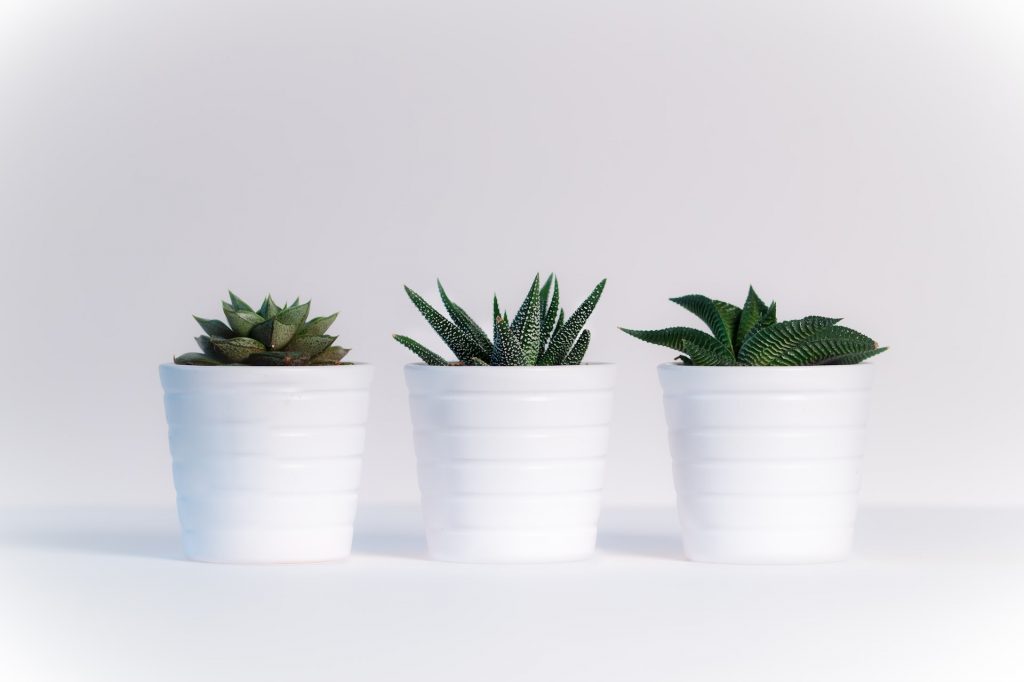When you’re buying a plant for your home, there are a lot of things to consider. You want the plant to be beautiful, healthy, and grow well in its environment. You also want to make sure that you have the right tools for taking care of it and keeping it alive long-term.
One thing that many people forget about is their plants’ pots. While this may seem like an insignificant detail at first glance, it’s actually one of the most important things to consider when choosing a pot for your new houseplant. A pot can make or break your plants’ health over time—which is why we’re sharing with you our tips on how to choose the best pot for your plant!
The pot is a plant’s home. It’s where it makes its roots and where it spends most of its time, so you want to make sure that your plant’s pot is providing the best environment for your plant to thrive.
When choosing a pot, there are several things to consider:
Your plant’s size
You don’t want to buy something too small for your plant, but you also don’t want to buy something that’s going to be too big for it either. Make sure it will fit in your space and that you have room for more plants if necessary.
The size of your plant will determine what kind of pot you need for it. For example, large pots are better suited for tall plants such as palm trees while smaller pots work best with smaller shrubs like succulents or cacti which tend to grow vertically rather than horizontally across a surface area like larger shrubbery does.
When choosing a pot for your houseplant remember that there is no such thing as too big! The bigger the pot the better for several reasons:
1) It allows more soil for root growth which means less frequent watering needs (which can be difficult because most people don’t realize how much water they need).
2) It provides plenty of room for growth so if you have trouble keeping track of how big something is getting this would be ideal because it takes up less space than multiple smaller pots would
Your plant’s needs & your own
Some plants like lots of soil, some like less. Some need more water than others and some need less than others. Think about what kind of care your plant would like and then make sure that the pot you choose supports that level of care.
You may want to consider how you can affect your plant. For instance if you are an active person you’ll need a pot with a stable base, so if you tend to knock your plants over on a regular basis this may be the best choice for you.
Some pots are even better suited to help prevent disease and pests by creating an environment that is hostile to them.
Another consideration is whether or not the pot will be easy for you to move around and access nutrients when needed. Some pots have handles on them while others have feet so they sit directly in the soil.
The type of material used in the pot
The material used in the pot can affect how well or poorly your plant does over time, so make sure you choose something natural and biodegradable (such as coconut fiber) rather than plastic or other synthetic materials which won’t break down easily into compostable material. However if you need something that will last, clay may be a better option for instance.
The type of material used to make a planter should also be considered because different types hold moisture differently which affects how quickly they dry out when irrigated less frequently than others would require more frequent irrigation due.
When taking care of a plant, make sure to cover the basics: watering, sunlight, soil. And remember to not forget to consider the plant’s home, their pot! A plant pot and or planter is very important to the overall health and happiness of your plant.



